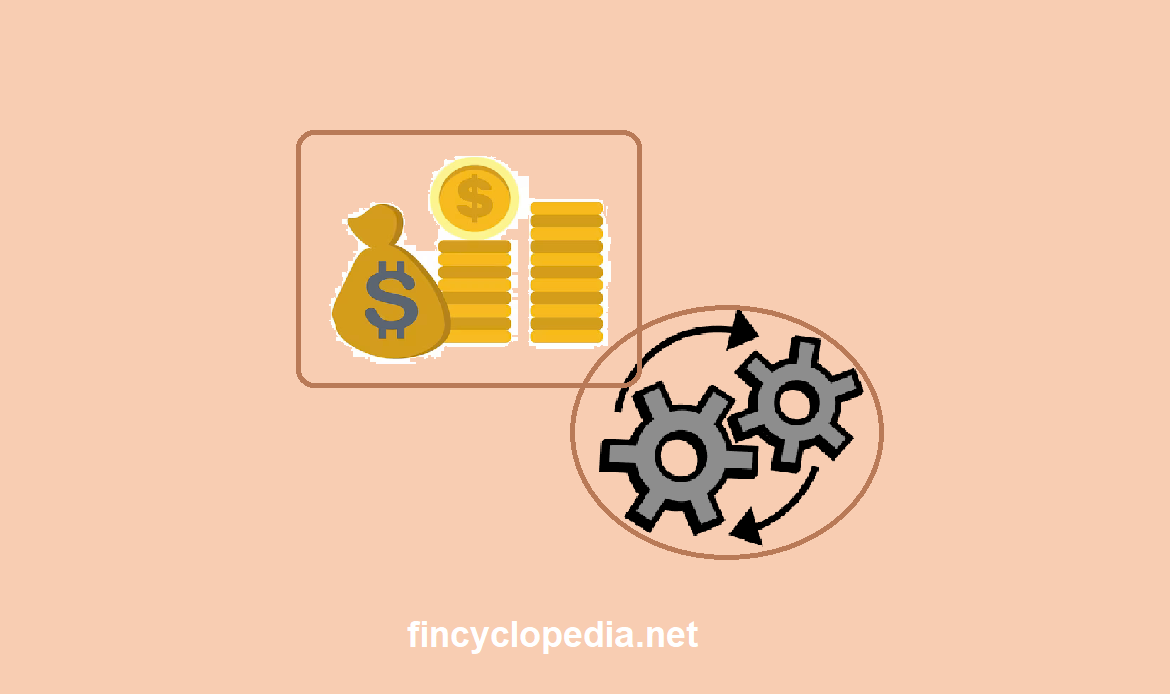It stands for exchange-traded fund; a basket of securities that is linked to an underlying index for the purpose of tracking its performance over time. In this sense, it constitutes an exchange traded product or instrument- i.e., it is traded on exchanges as certain shares in the underlying securities. The underlying securities consist of financial instruments such as stocks and bonds. ETF, as a structure, is a type of investment fund that is also an exchange-traded product, i.e., it is traded on stock exchanges and similar venues.
Exchange-traded funds are considered one of the key and instrumental products for individual investors who need to have certain exposure to a market index. ETFs provide a vehicle to achieve an investor’s objectives given the intended exposure and risk-return profile.
The ETF’s basket of securities can be traded through a brokerage firm on an exchange. ETFs are offered on almost on every asset class ranging from traditional investments to alternative assets such as commodities or currencies. In addition, specific ETF structures allow investors to implement various types of tactics and strategies including the ability to short markets, to establish a certain level of leverage, and to avoid short-term capital gains taxes.
ETFs take many forms including index ETFs, fixed-income ETFs, inverse ETFs, leveraged ETFs, actively managed ETFs, etc. (See also, types of ETFs).






